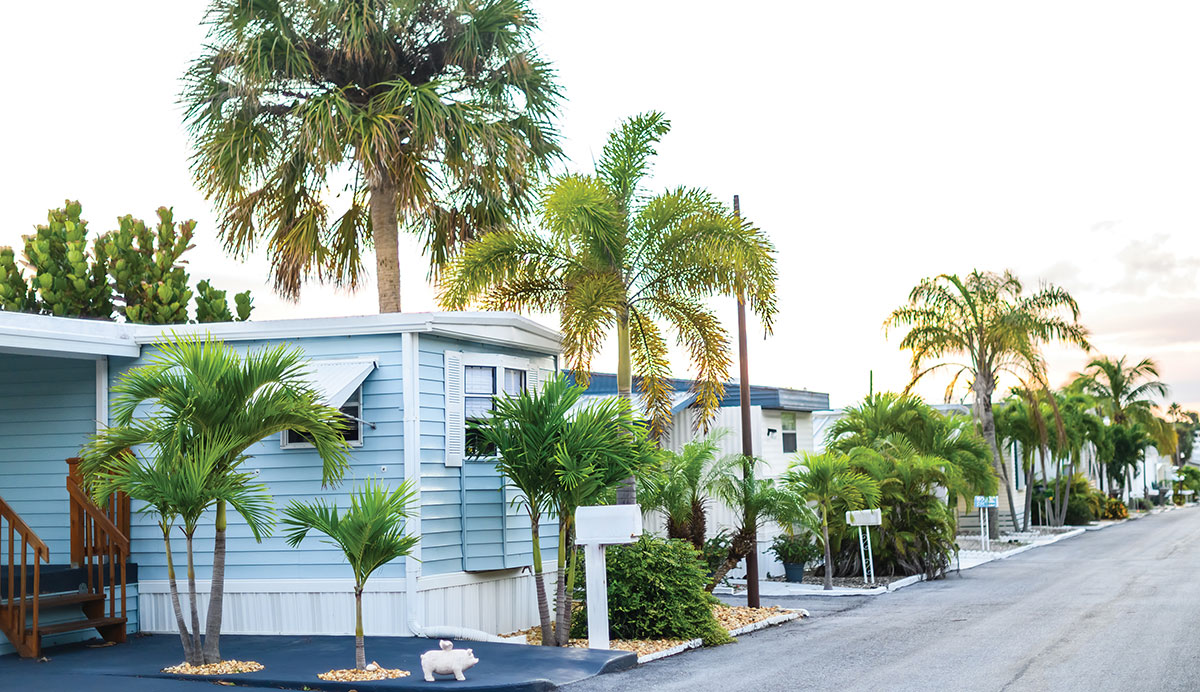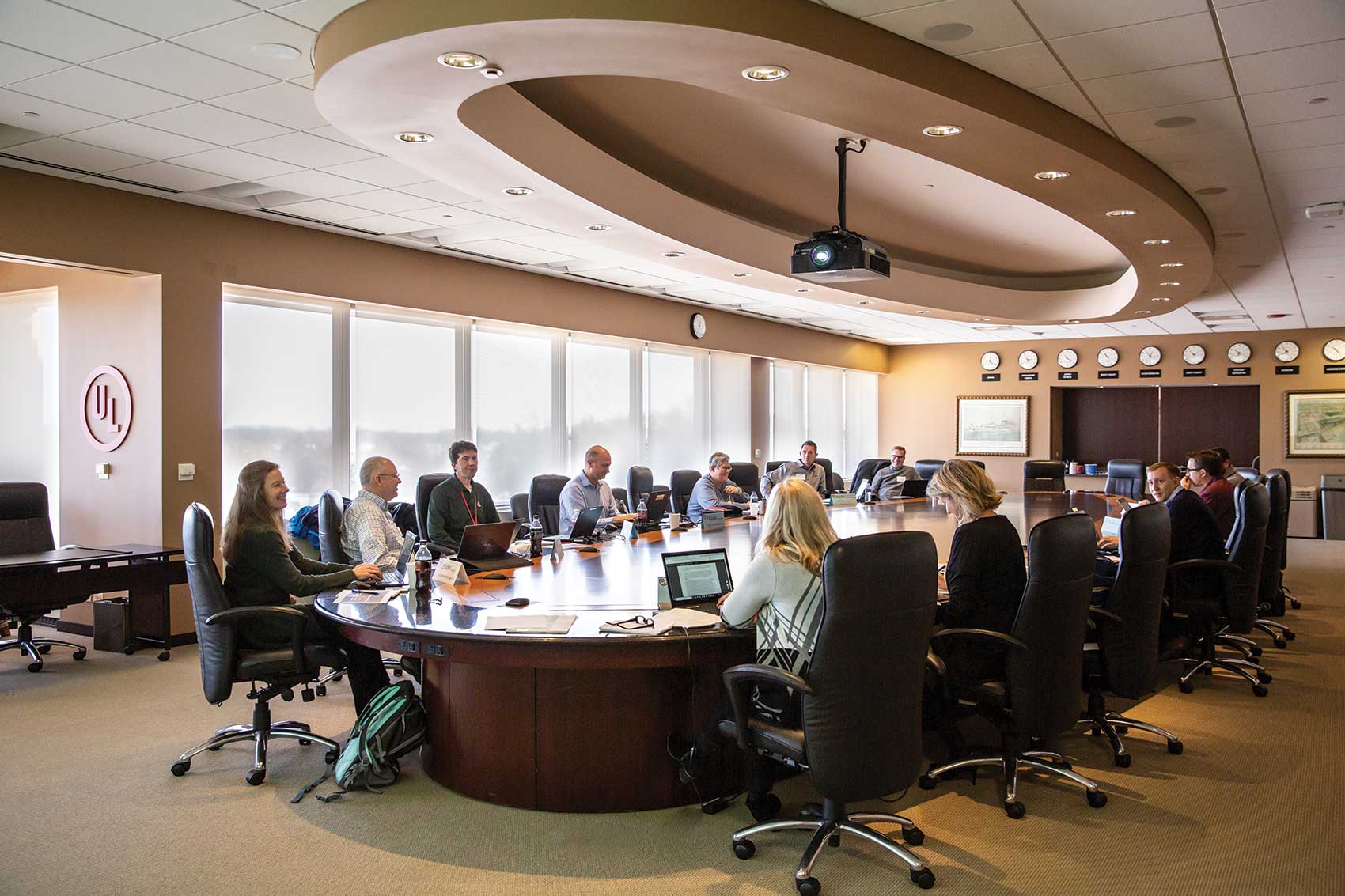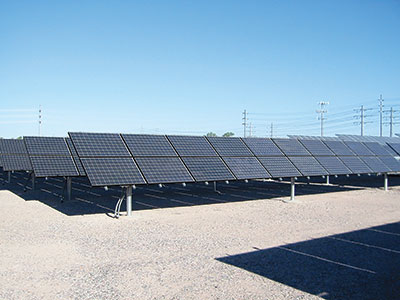Lawyers often ask me if the particular electric supply conductors involved in an electric contact accident were in compliance with the National Electrical Safety Code (NESC) at the time of the accident. Since the code from 1990 to the present requires all existing facilities to comply with either the code in effect at the time of the original installation, a subsequent code, or the present code, I first ask when the accident occurred and if there have been any changes to the facilities since the accident. Barring any changes to the facilities since the accident, I then evaluate whether the conductors and the structures to which they are attached comply with the code in effect at the time of the accident. The applicable code would be the edition just prior to the accident date. If the installation in question complies with the code in effect at the time of the accident, then I have the answer. If they don’t, I try to determine the original date the structures were installed and when any changes were made to the structures or facilities since the original construction. In particular I look for structure replacements and the details of those replacements. If the structures have not been replaced and the installation has not been modified since the original construction, then the applicable code edition would be the edition prior to the original construction date unless the original installation date was prior to 1977 for overhead facilities and 1981 for substation facilities. I will explain this exception in the following paragraphs. If either structure was replaced with a different size or strength structure, the date that happened determines the applicable code. Often when utility poles are replaced, the new pole is installed next to the old pole, the conductors and equipment are transferred and then the old pole is removed. It is important to determine if either structure was replaced in this manner, particularly if the horizontal clearances between the conductors and a building or other structure are in question. If so, then the date that happened determines the applicable code. If the structures were modified more than once since the original installation, the most recent modification prior to the accident date is the one that determines the applicable code.
At one time, all existing installations had to be upgraded each time the NESC was revised. Relative to Part 2 of the NESC, which covers installation and maintenance of overhead electric supply and communications lines, Rule 201A in the 1973 and prior revisions stated that the rules shall apply to all installations, not just new installations. All new overhead electric supply and communication installations, maintenance replacements and modifications made prior to 1977 had to comply with the code in effect at the time and had to be upgraded each time the code was revised. The 1973 edition should be considered the code in effect at the time of the original installation for all overhead electric supply and communication new installations, maintenance replacements and modifications made prior to 1977. The requirement to upgrade overhead installations each time the code was revised was discontinued with Rule 202B2 of the 1977 edition. All new installations and modifications of overhead electric supply facilities constructed from 1977 to 1980 had to comply with the 1977 edition.
The above is also true for the requirements of Section 9, which covers grounding methods.
Relative to Part 1 of the NESC, which covers installation and maintenance of electric supply stations and equipment (substations), Rule 102A in the 1977 and prior editions also required the upgrading each time the code was revised. The requirement to upgrade electric supply stations was discontinued with the 1981 edition when Rule 013B replaced Rules 102A, 91B and 202B2 in explaining the application of the code to existing installations. All electric supply station new installations, maintenance replacements and modifications made prior to 1981 had to comply with the code in effect at the time and had to be upgraded each time the code was revised. The 1977 edition should be considered the code in effect at the time of original installation for all electric supply station new installations, maintenance replacements and modifications, made prior to 1981.
Also with the 1981 edition came a new Rule 013B2 that allowed the addition, alteration, or replacement of conductors or equipment on existing structures without complying with the code in effect at the time as long as the resulting installation complied with the code in effect at the time of the original installation. Modifications made from 1981 through 1989 to existing installations had to comply with the code in effect at the time or the code in effect at the time of the original installation.
The 1990 edition moved the previous Rules 013B1 and 2 to Rules 013B2 and 3, added a new Rule 013B1 and changed Rule 013B3. The 1990 edition said that existing installations had to comply with either the code in effect at the time of the original installation, a subsequent edition, or the present edition.
Under the present code, new installations must comply with the present (2002) edition of the NESC. Performing maintenance replacement of conductors, equipment, and the structure itself on existing installations does not require the installation to be brought up to meet the requirements of the present code as long as the installation complies with either the code in effect at the time of the original installation or a subsequent edition. If the structure is replaced with a different size or strength structure or the structure is moved, the installation must be upgraded to comply with the present code. Additions, alterations or replacement of conductors or equipment on an existing structure must comply with either the code in effect at the time of the original installation, a subsequent code, or the present code.














Find Us on Socials